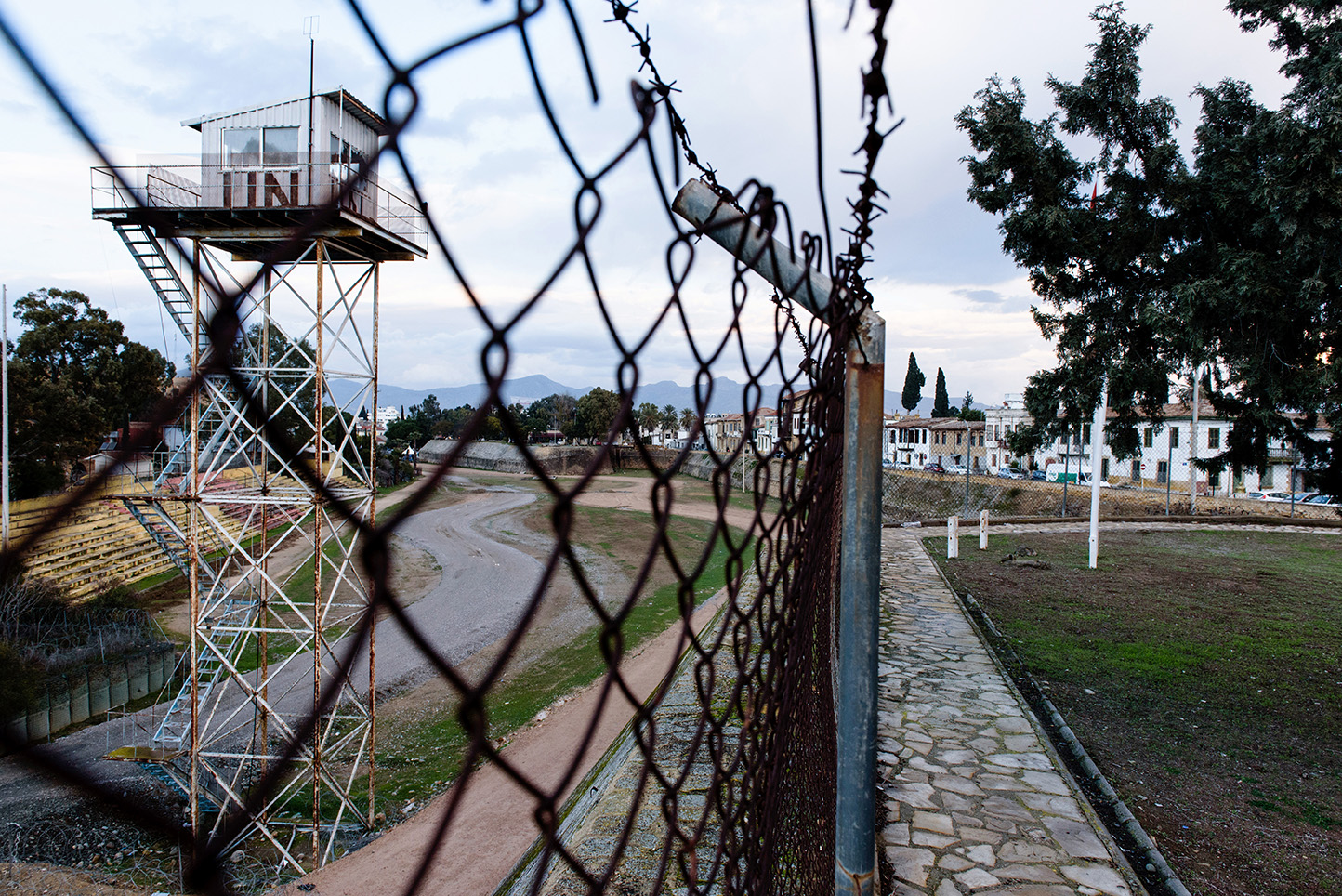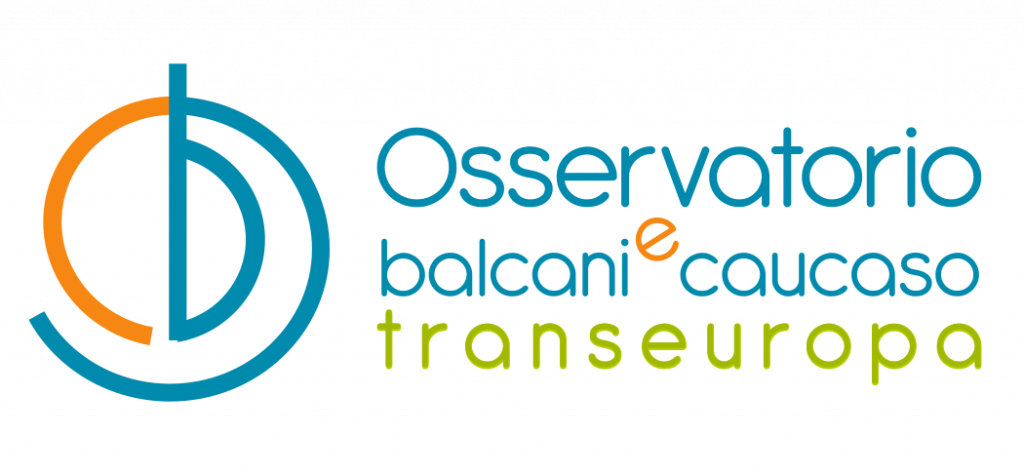Interreg projects and the energy transition
By materially supporting European regions on different sides of the border to solve a common problem, Interreg projects demonstrate how the impact of transition is often fostered by cross-border cooperation

Interreg-projects-and-the-energy-transition
© Summit Art Creations/Shutterstock
The 2021-2027 cohesion policy cycle has allocated substantial resources to the "Greener Europe" objective.
According to European Commission data, Poland will receive the largest share of funding for this purpose, with nearly €22 billion allocated, followed by Spain (€9.5 billion), Italy (€8.6 billion), and Romania (€7.9 billion).
Other countries, such as Portugal, Greece, the Czech Republic, and Hungary, will have significant funding available for environmental projects, with at least €5 billion allocated by the EU.
These national allocations are complemented by Interreg programs, which contribute approximately €3.6 billion to the Union’s energy transition and climate change objectives.
Interreg projects differ from traditional cohesion funds in that they are specifically designed for cooperation between regions in different member states and, sometimes, even include states not yet part of the Union.
Interreg finances cross-border, transnational, and interregional collaborative projects that address challenges common to the regions involved, requiring joint solutions to effectively achieve their objectives. The program’s official mandate is to "reduce barriers to cooperation between regions and countries," enabling partners to pool expertise, infrastructure, and governance models rather than working in isolation.
European Sustainable Energy Week
This cross-border dimension, especially in environmental issues, was highlighted during the European Sustainable Energy Week (EUSEW) held in July 2025, which presented thirteen Interreg projects as best-in-class examples. The event highlighted the diversity of interventions supported by Greener Europe funding and how collaboration between different countries can contribute, with EU support, to more sustainable economic development that further brings the regions involved closer together.
Among the projects presented at the European Sustainable Energy Week, several involve regions in Southeastern Europe.
In the Adriatic-Ionian region, for example, within the context of the Interreg ADRION program, the CO-CLEAN project demonstrated the synergy between practical infrastructure upgrades and the involvement of local communities. Running from 2020 to 2023 and with a budget of approximately €693 million, CO-CLEAN effectively combined the installation of renewable energy facilities and systems with citizen education and specialized training, creating a replicable model for energy transition and municipal energy communities.
Operating in the Italy-Albania-Montenegro cooperation area, this initiative was led by the Municipality of Brindisi, which, together with partners from the municipalities of Racale, Vlora, and Berane, combined tangible improvements to the environmental sustainability of public buildings with the work of creating local energy communities.
In Brindisi, for example, a 30 kWp photovoltaic system installed on the roof of an elementary school served to demonstrate how a renewable energy community can function, complemented by sessions that provided citizen information on the project and its objectives, as well as specialized training for staff. Similarly, in Racale, a photovoltaic system and a battery storage system were integrated into the municipal swimming pool to test self-consumption in a public facility.
Also in Southeast Europe, along the Romanian-Hungarian border, the ROHU project focused on developing a targeted strategy to make cross-border public transport greener. This effort was advanced through complementary projects targeting strategic urban connections. The first, called "TRANSBORDER," modernized services between the urban centers of Oradea and Debrecen by funding new low-emission buses, updating passenger information systems, and developing a joint route planning app.
Similar to the Oradea-Debrecen project, the "E-Transport – Green Transport" project invested in the connection between the twin cities of Jimbolia and Mórahalom, purchasing electric buses and installing charging infrastructure on both sides of the border, supported by cross-border test drives and awareness campaigns.
This type of project, although significantly less funded than other national projects, demonstrates how targeted, thoughtful investment that seeks to cooperatively address a problem shared by regions in different countries, combined with strategic planning, capacity building, and citizen engagement, can lead to significant successes, both in immediate material terms — through the purchase or installation of equipment or vehicles — and in raising public awareness and changing culture and habits.
This article is published as part of the Cohesion4Climate project, co-funded by the European Union. The EU is in no way responsible for the information or views expressed within the project; the responsibility lies solely with OBCT.
Tag: Cohesion for Climate
Interreg projects and the energy transition
By materially supporting European regions on different sides of the border to solve a common problem, Interreg projects demonstrate how the impact of transition is often fostered by cross-border cooperation

Interreg-projects-and-the-energy-transition
© Summit Art Creations/Shutterstock
The 2021-2027 cohesion policy cycle has allocated substantial resources to the "Greener Europe" objective.
According to European Commission data, Poland will receive the largest share of funding for this purpose, with nearly €22 billion allocated, followed by Spain (€9.5 billion), Italy (€8.6 billion), and Romania (€7.9 billion).
Other countries, such as Portugal, Greece, the Czech Republic, and Hungary, will have significant funding available for environmental projects, with at least €5 billion allocated by the EU.
These national allocations are complemented by Interreg programs, which contribute approximately €3.6 billion to the Union’s energy transition and climate change objectives.
Interreg projects differ from traditional cohesion funds in that they are specifically designed for cooperation between regions in different member states and, sometimes, even include states not yet part of the Union.
Interreg finances cross-border, transnational, and interregional collaborative projects that address challenges common to the regions involved, requiring joint solutions to effectively achieve their objectives. The program’s official mandate is to "reduce barriers to cooperation between regions and countries," enabling partners to pool expertise, infrastructure, and governance models rather than working in isolation.
European Sustainable Energy Week
This cross-border dimension, especially in environmental issues, was highlighted during the European Sustainable Energy Week (EUSEW) held in July 2025, which presented thirteen Interreg projects as best-in-class examples. The event highlighted the diversity of interventions supported by Greener Europe funding and how collaboration between different countries can contribute, with EU support, to more sustainable economic development that further brings the regions involved closer together.
Among the projects presented at the European Sustainable Energy Week, several involve regions in Southeastern Europe.
In the Adriatic-Ionian region, for example, within the context of the Interreg ADRION program, the CO-CLEAN project demonstrated the synergy between practical infrastructure upgrades and the involvement of local communities. Running from 2020 to 2023 and with a budget of approximately €693 million, CO-CLEAN effectively combined the installation of renewable energy facilities and systems with citizen education and specialized training, creating a replicable model for energy transition and municipal energy communities.
Operating in the Italy-Albania-Montenegro cooperation area, this initiative was led by the Municipality of Brindisi, which, together with partners from the municipalities of Racale, Vlora, and Berane, combined tangible improvements to the environmental sustainability of public buildings with the work of creating local energy communities.
In Brindisi, for example, a 30 kWp photovoltaic system installed on the roof of an elementary school served to demonstrate how a renewable energy community can function, complemented by sessions that provided citizen information on the project and its objectives, as well as specialized training for staff. Similarly, in Racale, a photovoltaic system and a battery storage system were integrated into the municipal swimming pool to test self-consumption in a public facility.
Also in Southeast Europe, along the Romanian-Hungarian border, the ROHU project focused on developing a targeted strategy to make cross-border public transport greener. This effort was advanced through complementary projects targeting strategic urban connections. The first, called "TRANSBORDER," modernized services between the urban centers of Oradea and Debrecen by funding new low-emission buses, updating passenger information systems, and developing a joint route planning app.
Similar to the Oradea-Debrecen project, the "E-Transport – Green Transport" project invested in the connection between the twin cities of Jimbolia and Mórahalom, purchasing electric buses and installing charging infrastructure on both sides of the border, supported by cross-border test drives and awareness campaigns.
This type of project, although significantly less funded than other national projects, demonstrates how targeted, thoughtful investment that seeks to cooperatively address a problem shared by regions in different countries, combined with strategic planning, capacity building, and citizen engagement, can lead to significant successes, both in immediate material terms — through the purchase or installation of equipment or vehicles — and in raising public awareness and changing culture and habits.
This article is published as part of the Cohesion4Climate project, co-funded by the European Union. The EU is in no way responsible for the information or views expressed within the project; the responsibility lies solely with OBCT.
Tag: Cohesion for Climate











